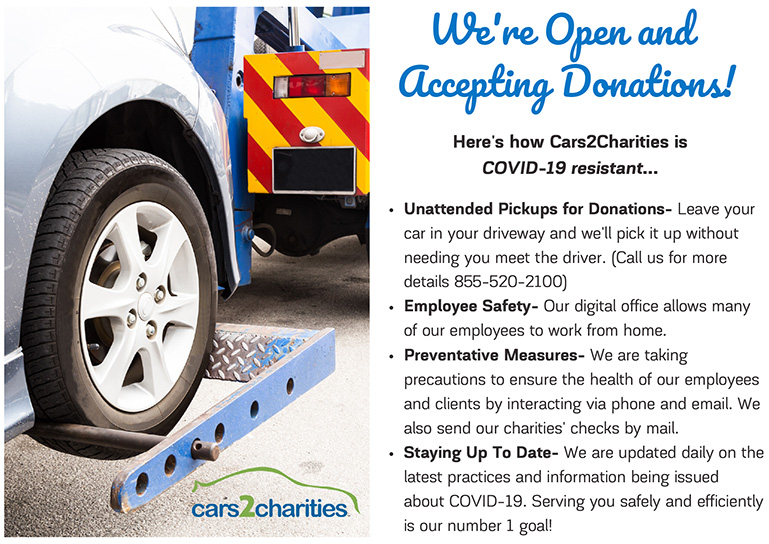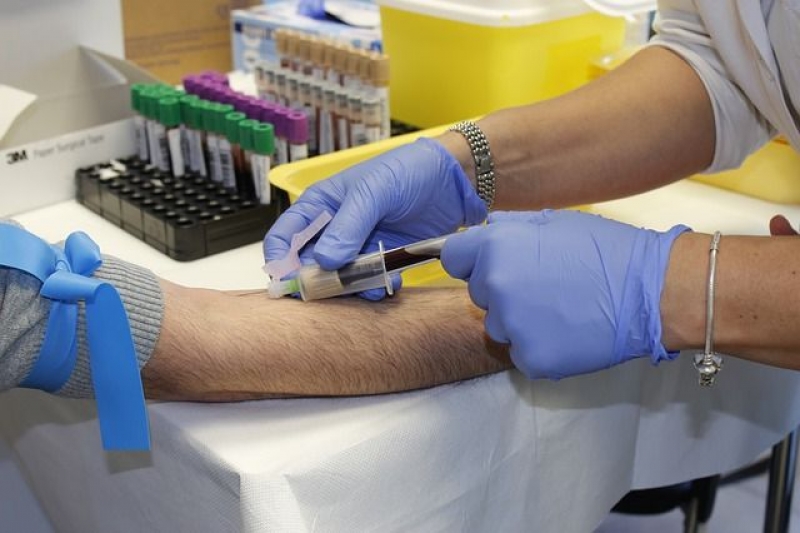January is National Blood Donor Month
Since 1970, National Blood Donor Month has motivated and instructed Americans how to donate blood in their own communities. There has been a marked increase in the country’s blood and platelet supply as a result of this successful campaign, which is most important during winter months when the supply tends to drop.
Importance of Blood Donations
It isn’t necessarily that we don’t know what happens when you donate blood. For many of us, we just don’t ever ask ourselves, “Why donate blood?”
There are many good reasons, says an article by LiveWell, and the following is a list of five of them.
1. Fewer than 10% of people donate blood – The FDA and the American Association of Blood Banks are responsible to make sure that blood donations are perfectly safe. But despite assurance, Americans tend to avoid participating in the process of filling our nation’s blood supply.
2. It’s a cost-effective way to save lives - Patients in emergency rooms and other trauma patients rely on the generosity of those who donate blood. But you also benefit others when you donate blood, including patients with cancer, blood disorders, chronic illnesses and individuals who need surgery or receive transplants. Even one blood donor can produce enough for four patients.
3. It only takes an hour to donate blood – The process of blood donation only takes about 60 minutes from beginning to end. Approximately 10 minutes is devoted to drawing blood and the other time involves gathering information and resting after you donate. Typically, they give you a snack and drink to replace the volume you lose as a blood donor.
4. It’s relatively painless – The maximum blood drawn is about a pint and the needle required is large enough to be uncomfortable, but nothing more.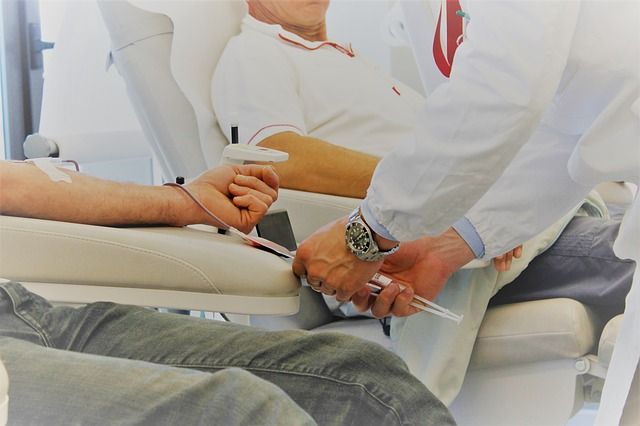 It’s possible for your arm to be a little bit sore after you donate blood, so you may choose to take an over-the-counter pain relief medication such as acetaminophen. You can also experience weakness in the arm that was used for the blood donation.
It’s possible for your arm to be a little bit sore after you donate blood, so you may choose to take an over-the-counter pain relief medication such as acetaminophen. You can also experience weakness in the arm that was used for the blood donation.
5. It’s not just a one-time event – While you can’t be sure which individuals benefit from your participation in a local blood drive, your generosity goes on – in more than one way. First of all, when you contribute to the health of another individual, that person can pay it forward by helping another. Also, depending on what happens when you donate blood, there may be multiple people needing your blood type. And finally, you can give the gift of life year-round, not just during National Blood Donor Month.
Types of Blood Donations
The American Red Cross is perhaps the best known authority on blood donation and the need for donors. In addition to blood type, there are also various types of blood donations to consider. The needs of individuals who are sick can vary and donors don’t all have the same ability to benefit patients in the same way.
• Whole Blood
This type of blood donation is the most flexible option. It is transfused to a patient in the same form it is drawn from the donor. It can also be separated into parts – plasma, platelets and red blood cells. Surgery is the most common application for whole blood donations.
• Power Red
Donating a concentrated group of red blood cells is referred to as a “power red” donation. The red blood cells are needed for transfusions which occur when trauma patients, newborns or those involved in other emergencies need treatment. What happens when you donate blood for this purpose is the red cells are separated form the other blood components in an automated system. The other particles, including your platelets and plasma, are returned to you. This does take slightly longer than general blood donations – about an hour and a half. The ideal donors have a blood type of A negative, B negative, O negative or O positive.
• Platelet
Cancer patients are among the most common victims of illness needing platelet donations. What happens when you donate blood for this purpose is that you are connected to a machine that draws your platelets as well as plasma – but your red blood cells and most plasma is returned to you. This is also an act of generosity that benefits more than one individual. It typically yields several units for transfusion and can take triple the time of whole blood donations.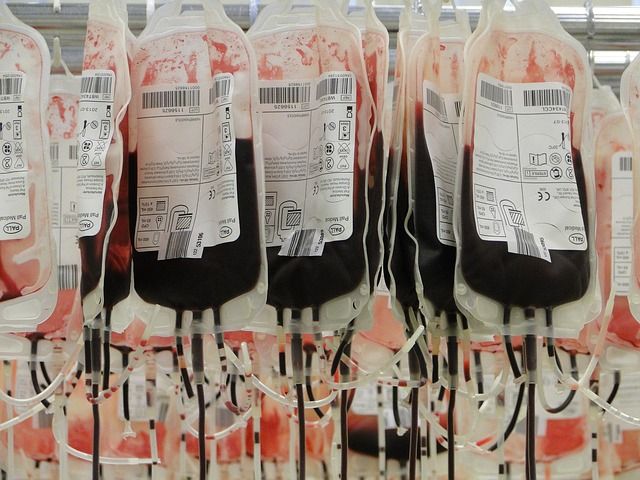
• Plasma
Another great gift to trauma patients is a donation of plasma. Because of its universal qualities and ability to stop bleeding, AB Plasma is needed in supply at all times in hospitals and emergency medical centers. As a plasma donor, you have blood drawn which goes through automation to separate the components of the blood. It typically takes about an hour and 15 minutes to donate plasma.
Where to Donate Blood
There are many more options for donating blood than finding an American Red Cross collection center during National Blood Donor Month. Nonprofit groups such as corporate foundations, schools and churches hold regular blood drives where mobile medical services bring blood donation trucks to venues near you.
If you haven’t seen ads in local publications, church bulletins or nonprofit newsletters, you can turn to the Red Cross to find a local blood drive. By inputting your zip code, you see a list of dates and locations if you want to know how to donate blood in your area.
You can even obtain directions to the site and sort through them to pick something that accommodates your schedule and location. And there is plenty of information available online about what to do before donating blood.
Blood Donation Requirements
Memorial Sloan Kettering Cancer Centers do not limit their request for local blood donations to the time of year when we recognize Blood Donor Month. They have an ongoing need for local blood donations and facilitate collection methods to that end.
There are rules for eligibility, which MSK outlines on its website. The prerequisites include details about your age, weight and health in general. You must be at least 16 years old and weigh 110 pounds or more in order to qualify as a blood donor.
You should avoid unprescribed medication such as aspirin to not be disqualified to participate in a local blood drive or to donate another way.
There are many conditions outlined by MSK which specifically rule out your qualifications to donate blood. Those include:
• Having tested positive for hepatitis B or hepatitis C
• Had a tattoo in the last year or received a blood transfusion from another party in the last 12 months (you can receive your own blood in a transfusion, however)
• Having ever tested positive for the AIDS virus
• Having been an IV drug user in the past
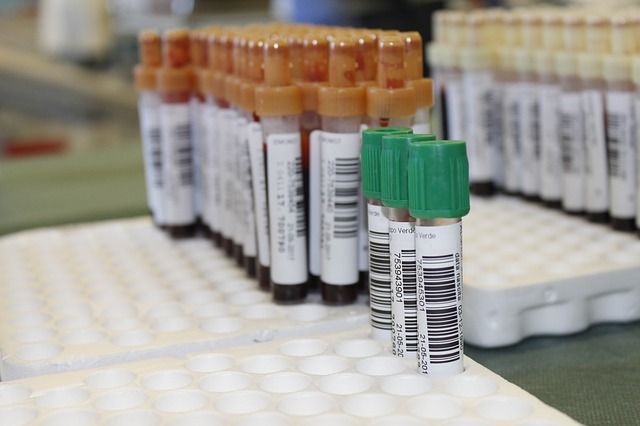 Your blood type has a lot to do with your effectiveness as a donor. The rarest blood type – which means it’s in short supply – is Type AB. The second least common is Type B. While more people have Type A or Type O blood, which makes those types easier to come by, there are various combinations that work across the board.
Your blood type has a lot to do with your effectiveness as a donor. The rarest blood type – which means it’s in short supply – is Type AB. The second least common is Type B. While more people have Type A or Type O blood, which makes those types easier to come by, there are various combinations that work across the board.
O Type red cells are universal as they can replenish the blood supply for virtually anyone. It doesn’t work in reverse, however. People with an O blood type can only receive transfusions from those with Type O red blood cells.
However, if you have an AB blood type you can receive a transfusion from any other blood type – B, A, AB or O. If you’re the donor, however, your AB blood can only be given to a patient with an AB blood type.
What to Do Before Donating Blood
Before involving yourself in a journey that’s offering a service but also taking something from your health and wellbeing, you want to make sure you can successfully participate. Many of the same rules related to general health apply to individuals who want to find out how to donate blood.
Spend time getting ready so you have a positive experience. According to the Mayo Clinic, there are steps you should take in advance when you donate blood. They are:
• Get plenty of sleep
• Keep yourself hydrated
• Eat a diet of healthy foods
As dire a need as it is to refill the blood supply, no one wants you to donate blood to the detriment of your health. Be honest with personnel at your local blood drive if you aren’t feeling well or if you aren’t in good health for some other reason.
What to Do After You Donate
Everyone’s constitution is different, so listen to your body and honor its ability to give. It may seem obvious, but if you feel tired or dizzy, remain onsite. Seek the advice of medical professionals at the local blood drive or medical center where you had your blood drawn. You shouldn’t get into a vehicle or even walk home if you aren’t completely recovered.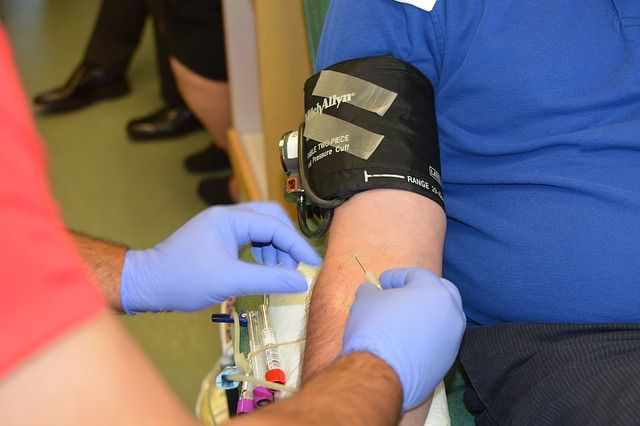
Taking time to relax and rest is an important follow-up to donating blood. Don’t head straight for the gym. Avoid strenuous activities for the rest of the day. You don’t need to put your health at risk, just because you did something generous like giving blood.
Make sure you drink plenty of water. Donating blood can deplete the liquids in your body, so you probably need more hydration than you think.
The Red Cross says that about 6.8 million Americans donate blood each year. And there are 13.6 million whole blood and red blood cells collected in the U.S. annually. Remember that it doesn’t have to be Blood Donor Month for you to participate. And once you learn how to donate blood, you may be inspired to schedule regular opportunities to do so.
